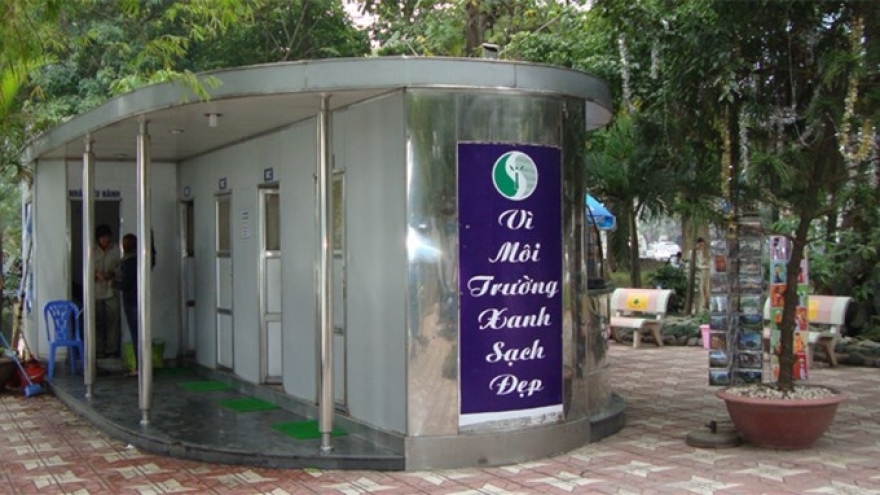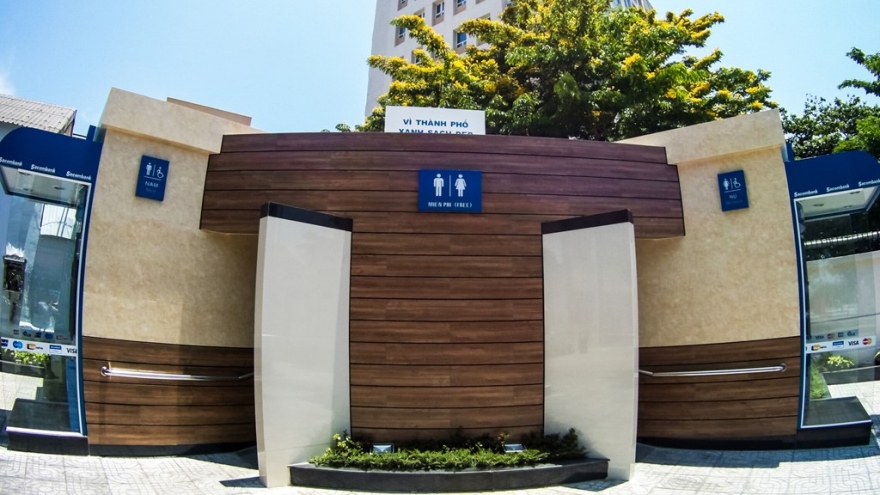Japan-made bio-toilets confuse Vietnamese train operators
A foul smell coming from Japanese-made bio-toilets installed on Vietnamese trains was the result of improper maintenance, not faulty design, according to the provider.
Complaints of a foul smell being emitted from Japanese toilets using a water-free method of treating human waste have been made by passengers and train attendants since their installation in 2013, according to Phan Huy Giang, vice president of Hanoi Rail Company.
The toilets were installed in October 2013 as part of a pilot project by Vietnam Railways to install waste treatment systems on Vietnamese trains rather than directly dumping the waste into the environment.
 |
| A bio-toilet provided by Chodai on a Vietnamese train |
The VND200 billion (US$8.93 million) project involved installing both domestically produced and imported waste treatment systems from Japan and the US on 823 train carriages.
The government funded half of the project’s costs.
At the time the project was launched, only 10% of all carriages on Vietnamese trains were equipped with waste treatment systems and public transport was dumping as much as 3,800 metric tons of human excrement onto the rails each year.
According to Giang, most of the treatment systems used in the project are provided by Ho Chi Minh City-based Petech Engineering Corporation, while the Japanese toilets, provided by Chodai Co. Ltd, are only installed on around 80 carriages.
Giang blamed the toilets’ dry-treating method for its foul smell, as human waste is stored inside an on-train tank for significant time before being removed for further treatment.
Chodai Vietnam: improper maintenance to blame
According to Chodai Vietnam, the toilets were field-tested for 13 months between 2013 and 2014 before the company was allowed to provide 199 sets at a cost of around VND110 million (US$4,900) each.
 |
| A female passenger enters a toilet on board the SNT2 train at Saigon Railway Station. |
Chodai has also held training workshops for 300 Vietnam Railways officials and technicians on the installation and maintenance of the toilets.
In response to recent complaints, a Chodai representative said improper usage and maintenance were likely behind the foul smell.
In a bio-toilet treatment system, the representative said, excreta is mixed with sawdust and other bioproducts inside a heated tank.
The heat turns any remaining water in the mixture into vapor, which is then released through an exhaust fan.
The bioproducts are replaced every six months, and can be used as organic compost in agriculture, the representative said.
“With this dry-treating method, any water used in cleaning the toilets could potentially kill the aerobic microorganisms needed to decompose the waste,” he explained. “Littering into the toilet would also cause the treatment tank to malfunction and damage the heater.”
The representative suggested that the use of water for cleansing by train passengers and janitors might have caused water to build up inside the treatment tank, resulting in the foul smell.
“We have emphasized the importance of the human factor in maintaining the toilets in all of our training workshops,” he said.




